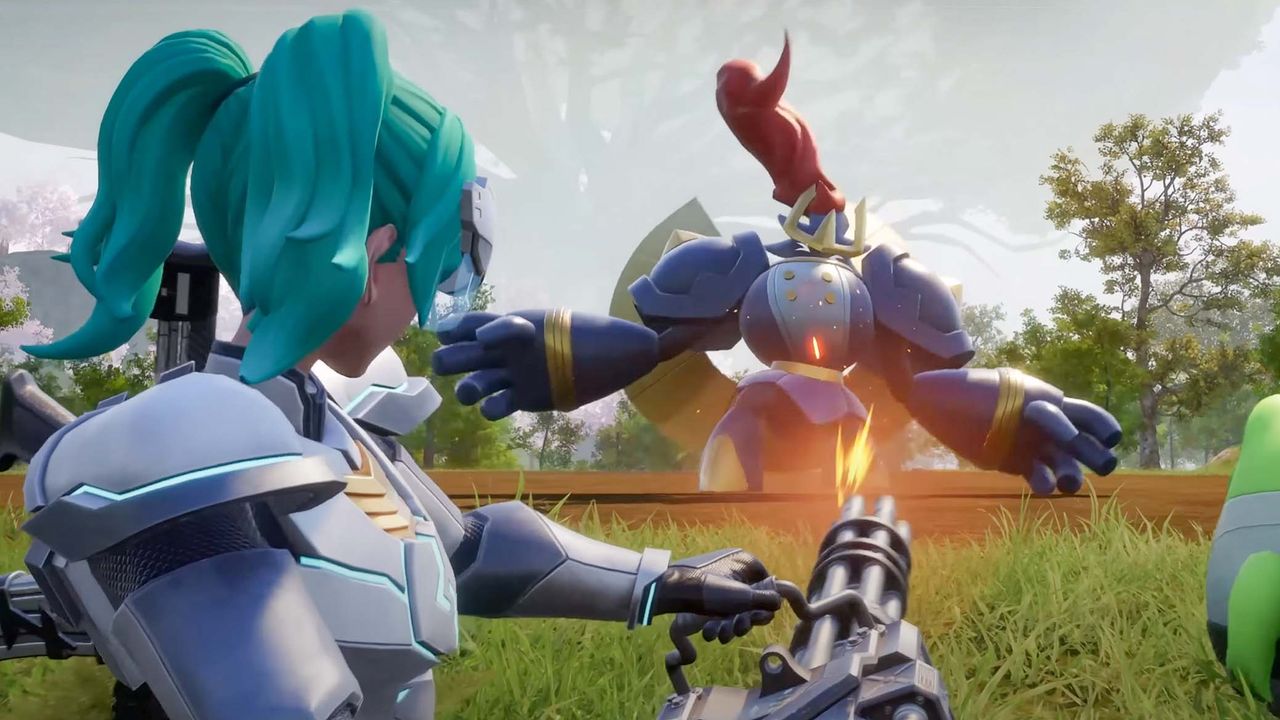
summoning characters to fight each other, which could have substantial effects on the entire video game industry.
Two new patents granted to Nintendo
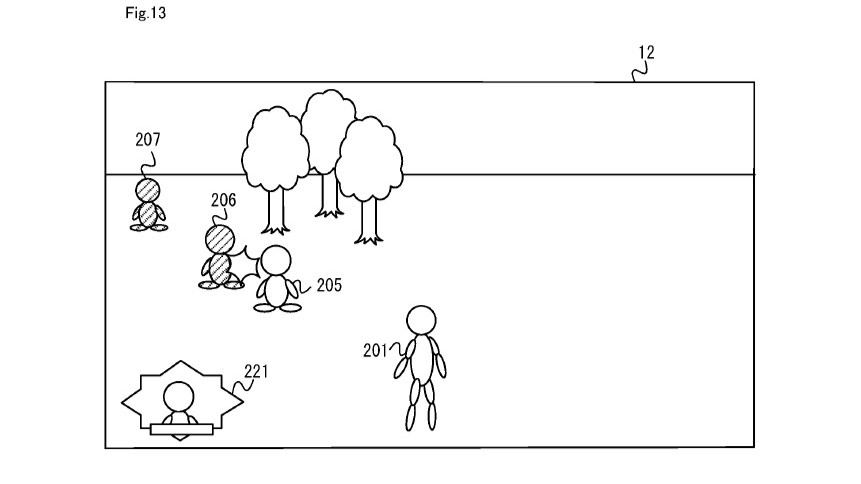
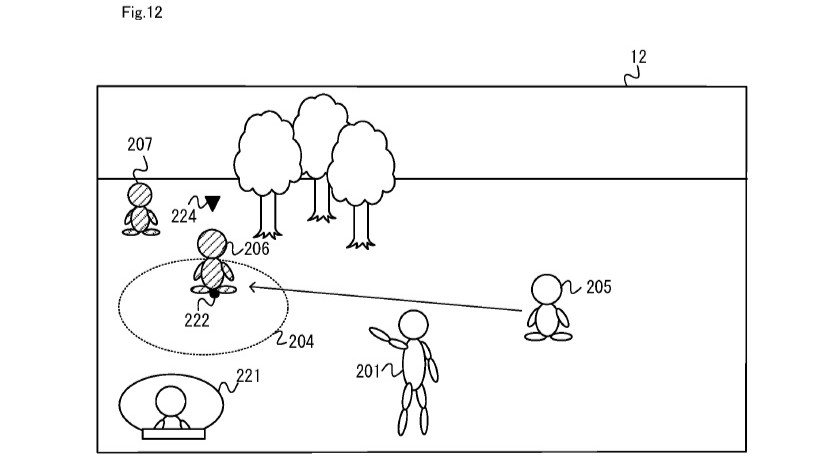
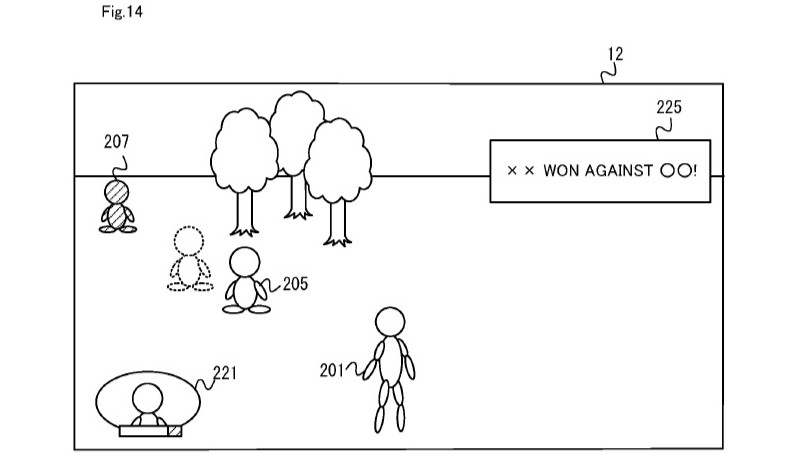
The patent numbered 12,409,387, issued today, pertains to the seamless transition of rideable items in games, but it appears that Pocketpair has already circumvented this aspect in Palworld, so its acquisition doesn’t pose a significant threat at this moment.
However, as GamesFray reveals in their comprehensive analysis of the situation, Patent No. 12,403,39, granted on September 2, is a more pressing issue, not just for Palworld, but potentially for many other games too. This patent (No. ‘397) primarily focuses on the core mechanics of calling upon a character to engage in combat with another. This sounds reminiscent of Pokémon, but it also includes elements that are common in numerous other games.
Unlike most patents, which often encounter challenges or rejections during their approval process, this one sailed through the U.S. Patent Office without any objections. It was filed in March 2023 and granted only last week.
Summoning minions in Diablo? Nintendo could own this

The patent known as ‘397 may pose a significant impact on the gaming sector, not solely limited to Palworld. A game that incorporates all these elements could potentially face challenges.
- There must be a PC, console or other computing device and the game is stored on a drive or similar storage medium.
- You can move your main character in a virtual space.
- You can summon a secondary character (called the “sub character” in the patent).
- If there’s an enemy present, the summoned character fights it (either automatically or based on your input.)
- If there isn’t, the summoned character can still move and fight when it encounters an enemy later.
If a game incorporates those specific features, Nintendo may use their newly acquired patent as evidence for potential copyright infringement claims. Given the wide-ranging nature of the patent’s coverage, it could potentially apply to mechanics in role-playing games (RPGs), action games, massively multiplayer online games (MMOs), and many other types of video games.
In Diablo 4, the Necromancer class involves controlling an army of undead minions like skeletons and golems that can fight independently or under your control. Similarly, warlocks in World of Warcraft summon demons, while hunters call upon pets for assistance. In Elden Ring, if you prefer to play with a little help, you could summon the Mimic Tear to aid in battle, although in my case, it often seems to win battles on its own! The possibilities are indeed numerous.
Essentially, if you’ve played video games over the past two decades, you’ve likely encountered this common feature across many titles. Interestingly, Nintendo currently holds a patent that, in theory, could potentially apply to any game like this – even within the U.S. market.
Will Nintendo actually use this against Palworld?
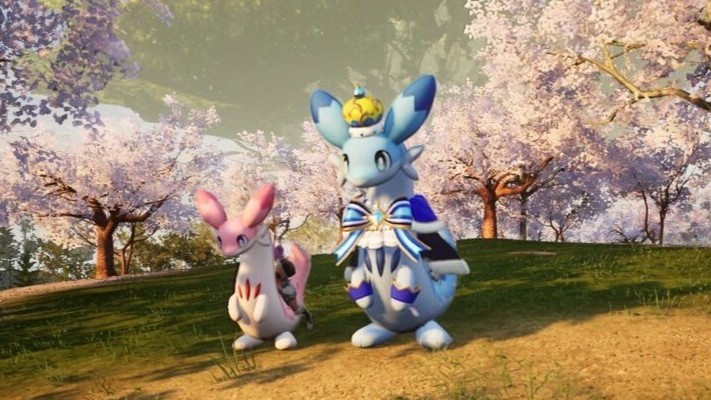
The question at hand is whether Nintendo will indeed take legal action against developers in the U.S., such as Palworld, using this patent. However, it’s uncertain since a similar case in Japan is still ongoing. Pocketpair is currently mounting a robust defense against these patents by presenting prior art.
Moreover, there are records showing that Palworld showcased its switchable-mount mechanic, one of the questioned patents, six months before Nintendo filed for it.
Even if Nintendo decides not to take action, the mere existence of this patent could have a detrimental impact. Smaller studios may become hesitant to explore summon-style mechanics due to the fear of potential lawsuits. Large companies like Nintendo can sustain prolonged litigation, while indies often cannot.
If Nintendo continues on its path of “Obtaining Patents for Everything,” it may lead to an intense competition similar to an arms race. In this scenario, major gaming companies might start patenting fundamental gameplay elements not to foster creativity, but rather as a means of legal defense. This approach could stifle instead of nurture the industry’s growth; it risks strangling it to death. Are we moving towards a future where lawyers exert more influence over game development than developers themselves, determining the games we ultimately get to enjoy?
Is it appropriate for such a straightforward concept as “creating a character and allowing it to engage in combat” to be patented? Or could it be that Nintendo is merely demonstrating its legal dominance in this case?
Read More
- When Perturbation Fails: Taming Light in Complex Cavities
- Jujutsu Kaisen Execution Delivers High-Stakes Action and the Most Shocking Twist of the Series (Review)
- Fluid Dynamics and the Promise of Quantum Computation
- Where Winds Meet: Best Weapon Combinations
- FC 26 reveals free preview mode and 10 classic squads
- 3 PS Plus Extra, Premium Games for December 2025 Leaked Early
- Hazbin Hotel season 3 release date speculation and latest news
- Why Carrie Fisher’s Daughter Billie Lourd Will Always Talk About Grief
- TikToker Madeleine White Marries Andrew Fedyk: See Her Wedding Dress
- 7 Most Overpowered Characters in Fighting Games, Ranked
2025-09-09 22:40